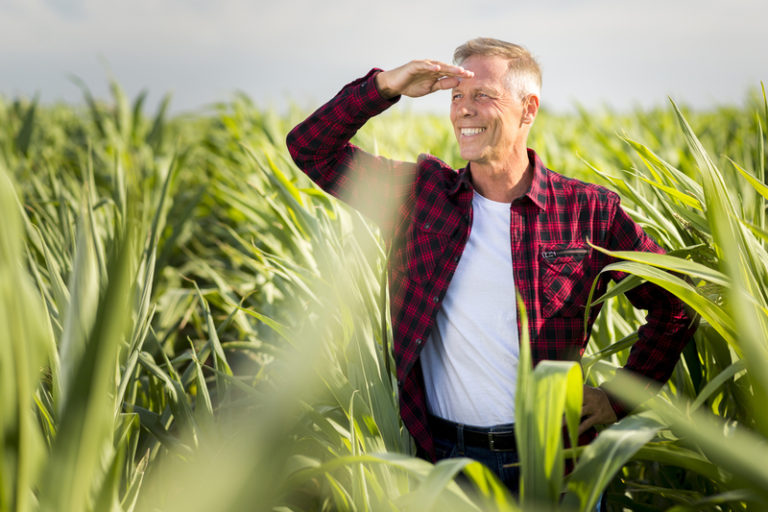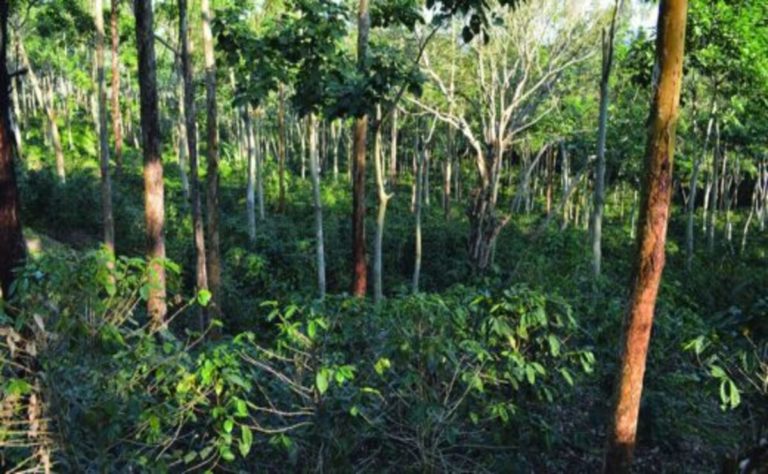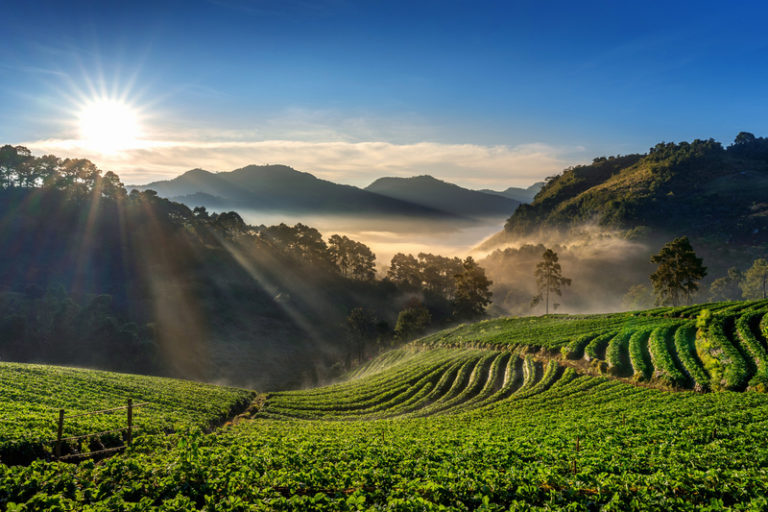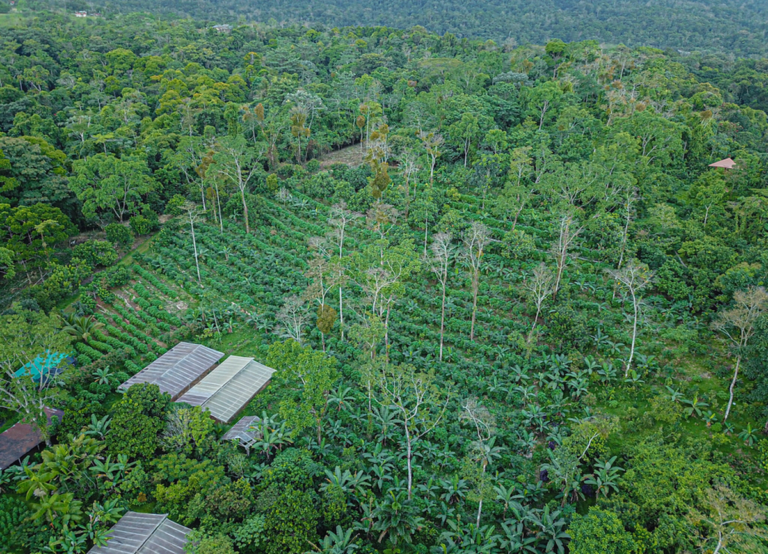Disadvantages of Agroforestry: Exploring the Challenges and Constraints
Agroforestry is a way to use land in a way that is good for the environment by putting trees, crops, and animals on the same piece of land. Agroforestry has many benefits, such as improving the health of the soil, saving water, and giving farmers more ways to make money.
However, there are also some problems that need to be thought about. In this article, we will discuss some of the major disadvantages of agroforestry.
1. Initial Costs
One of the biggest problems with agroforestry is that it costs a lot to set up at first. In terms of time, labor, and money, agroforestry requires more investment than traditional farming.
The cost of purchasing and planting trees, installing irrigation systems, fencing, and other equipment can be significant.
Additionally, it may take several years for the trees to mature and produce a yield, which means that farmers may have to wait before they can generate income from the system.
2. Lack of Technical Knowledge
Farmers may also have trouble with agroforestry if they don’t know enough about how to do it. Farmers may not have easy access to the skills and knowledge they need to do agroforestry.
Farmers need to know how to plant and care for trees, save soil, manage water, and deal with pests in an integrated way.
Farmers might not be able to use agroforestry practices well if they don’t have the right knowledge and training, which could lead to lower yields and less money.
3. Limited Crop Variety
Agroforestry systems typically involve a limited number of crop varieties. This is because the trees used in agroforestry often dominate the landscape, shading out other crops.
This can limit the variety of crops that can be grown on the land and reduce the diversity of the farm’s output. Also, the crops that can be grown in agroforestry systems may not be as profitable as those grown in traditional agriculture. This can limit the financial benefits of the system.
4. Incompatible Crops
Another disadvantage of agroforestry is the potential for incompatible crops. Trees and crops may compete for resources such as water, nutrients, and sunlight, which can reduce yields and profitability.
Additionally, some crops may not be compatible with certain tree species due to differences in their nutrient requirements, growth rates, or planting densities. This can limit the crop choices available to farmers and reduce the overall productivity of the system.
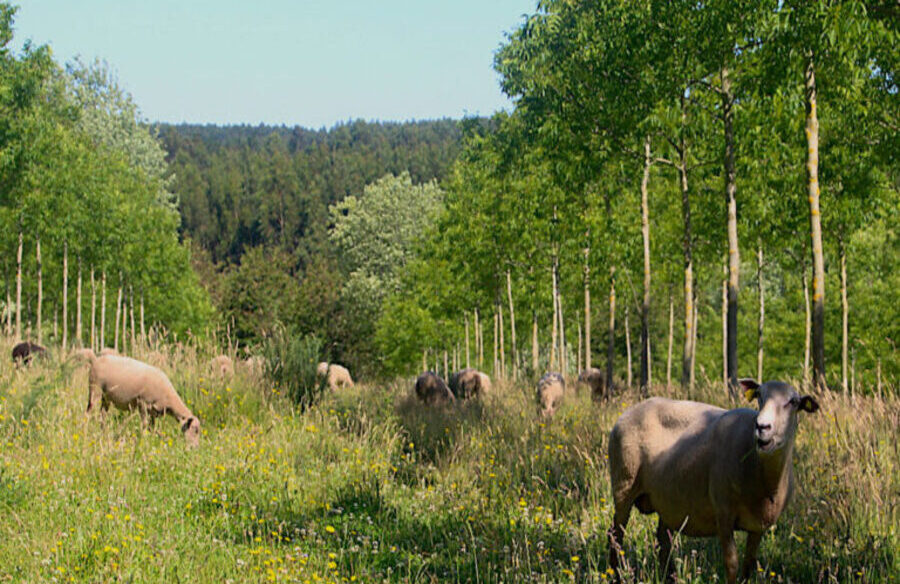
5. Labor Intensive
Agroforestry is a labor-intensive practice. Farmers need to plant and manage both trees and crops, which requires a significant amount of time and effort.
Additionally, the need to weed, prune, and harvest trees and crops can add to the labor requirements of the system. This can be particularly challenging for small-scale farmers who may not have access to sufficient labor resources.
6. Market Constraints
There may not be enough demand for agroforestry products, or they may not be able to get to enough markets. This can limit the financial benefits of the system, making it less attractive to farmers.
Farmers may also have trouble selling their goods because they don’t have the right infrastructure, like transportation and storage facilities. This can limit their ability to reach markets and sell their products at a competitive price.
7. Weather Dependence
Agroforestry is also dependent on weather conditions. Droughts, floods, and other weather disasters can have a substantial influence on the system’s production. Trees and crops may suffer from water stress or flooding, leading to lower yields or even crop failure.
This can have a significant impact on the profitability of the system, particularly for small-scale farmers, who may not have the resources to cope with such events.
8. Pest and Disease Management
Agroforestry systems may also be more vulnerable to pests and diseases than traditional agriculture. Trees and crops may provide a habitat for pests and diseases, which can spread and cause damage to the entire
system. Additionally, pests and diseases may be more difficult to manage in agroforestry systems due to the complexity of the system.
Farmers may need to use a combination of cultural, biological, and chemical control methods to manage pests and diseases effectively, which can add to the cost and labor requirements of the system.
9. Land Tenure Issues
Land ownership can also be a problem for agroforestry systems, especially in places where ownership is unclear or disputed.
Land ownership problems could make it hard for farmers to use land for agroforestry or force them to give up their agroforestry systems. This can have a big effect on the system’s ability to make money and on farmers’ ability to make a living.
10. Limited Scalability
Finally, agroforestry systems may have limited scalability compared to traditional agriculture. Agroforestry systems are often highly site-specific and may not be suitable for all locations or climates.
Additionally, the initial costs and labor requirements of agroforestry may limit farmers’ ability to scale up their operations. This can limit the overall impact of agroforestry on food security, environmental sustainability, and rural development.
Conclusion
Agroforestry is a sustainable way to use land that has many benefits, such as better soil health, water conservation, and more than one way to make money.
But agroforestry also has some problems, such as high start-up costs, a lack of technical knowledge, a small number of crops, crops that don’t grow well together, a lot of work, limited market opportunities, a reliance on the weather, problems with pests and diseases, problems with land ownership, and a limited ability to grow.
To get around these problems, farmers and policymakers need to work together to make and use plans that make agroforestry systems more popular and successful.
This could mean giving farmers training and technical help, creating markets for agroforestry products, making it easier for farmers to get money and credit, strengthening land ownership systems, and promoting policies that support agroforestry and sustainable agriculture in general.
By tackling these problems, we can make sure that agroforestry continues to play a key role in promoting food security, environmental sustainability, and rural development.
Also Read:
10 Benefits of Agroforestry: Promoting Sustainable Farming Practices


